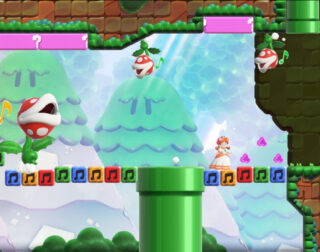Many physical activities and exercise involve math, and have some numerical, measurable component to them. Whether you are doing 20 push-ups, keeping score of a basketball game, or calculating the average MPH on a bike ride, numbers play a big role in exercise.
As it turns out, physical exercise isn’t only good for your body, as it can also directly improve cognitive skills which lead to better focus, memory, and learning. While physical activity alone won’t make your struggling mathematician into an Einstein, many exercises do offer unique ways to combine numbers, offering ways to train the brain and body alike.
Below you’ll find some ideas for exercises which involve some type of numerical computation, so that math skills are being practiced in a meaningful, measurable way. These activities engage kids in exercise while immersing them in numbers, helping them “double down” on the physical and cognitive benefits exercise provides.
1.) Walk It Off. Calculate how many miles or feet that you and your child walk using a pedometer, a GPS, or simply by taking a drive along the same route. Have your child start a distance log, and see if you can increase the amount of walking that he does on a regular basis. Keep a chart and help do calculations to measure improvement each week and to determine how many miles are walked over the entirety of the summer.
2. Keep score. Play some basketball games in which you keep track of performance. This could include playing one-on-one games but could also be a simple as keeping track of how many layups he can get in a row or determining the percentage of three-pointers he hits while practicing. Keeping score in other games where many points are scored can also be helpful. For example, tennis, ping-pong, and bowling all have lots of points requiring ongoing computations.
3.) Track Your Progress. Create a work-out regimen, cross train and make an exercise chart. Encourage your child to spend at least one hour per day in vigorous physical exercise. Have him create a chart on a kitchen calendar, using a spreadsheet, or with an exercise app such as Edmondo Sports Tracker. To practice math make a point of having him collect information that is numerical. For example, he could keep track of how long he has exercised; record the max number of repetitions he has achieved in activities such as weight lifting, jumping rope, or calisthenics. He may want to give an estimate of how many feet he swam in the backyard pool, using the length and number of laps completed to figure it out. Charting out numbers like this combines exercise with math by encouraging him to place a numerical value on his achievements.





